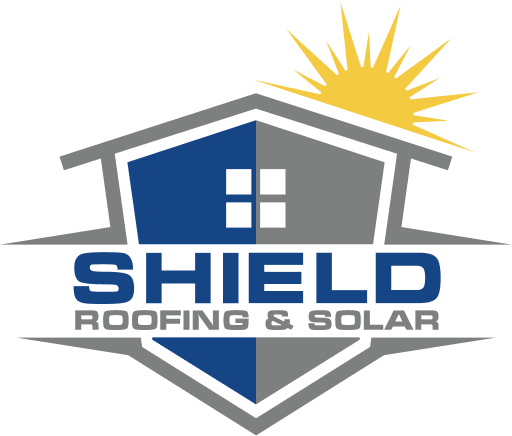A well-maintained roof is crucial for the overall health and longevity of a home. The roof serves as the first line of defense against the elements, protecting the interior from rain, wind, snow, and other environmental factors. Regular roof maintenance not only prevents costly repairs but also extends the life of the roof. Here are some essential tips to help you keep your roof in top condition.
- Regular Inspections: Schedule regular inspections of your roof, ideally twice a year – once in the spring and once in the fall. During these inspections, look for signs of damage, such as cracked, curled, or missing shingles, as well as any areas where the roof may be sagging. Additionally, check for debris, such as leaves and branches, which can trap moisture and promote the growth of mold and algae.
- Clean Gutters and Downspouts: Clogged gutters and downspouts can lead to water accumulation on the roof, causing damage over time. Regularly clean out leaves, sticks, and other debris from your gutters to ensure proper drainage. This will prevent water from seeping under the roof’s shingles and causing leaks.
- Trim Overhanging Trees: Overhanging tree branches can rub against the roof’s surface during wind, causing shingle damage and even punctures. Trim back any branches that are too close to your roof to prevent this potential hazard.
- Address Moss and Algae Growth: Moss and algae can thrive in damp, shaded areas of the roof. While they might not pose an immediate threat, over time they can deteriorate shingles and compromise the roof’s integrity. Use a solution of water and bleach to remove these growths, taking care not to damage the shingles.
- Check for Leaks: Inspect your attic for any signs of leaks, such as water stains on the ceiling or walls. If you notice any, it’s essential to address the issue promptly to prevent further damage. Leaks can lead to structural damage, mold growth, and even compromise the insulation.
- Inspect Flashing and Seals: Flashing, which is the metal or rubber material around chimneys, vents, and other roof protrusions, plays a vital role in preventing water infiltration. Ensure that the flashing is intact and sealed properly to prevent leaks in these vulnerable areas.
- Address Ice Dams: In colder climates, ice dams can form on the roof’s edges, causing water to back up under the shingles. This can result in leaks and water damage. Adequate insulation and ventilation in the attic can help prevent ice dam formation.
- Professional Inspections: While DIY inspections are beneficial, it’s a good idea to have a professional roofing contractor conduct a thorough inspection every few years. They can identify potential issues that might not be visible to the untrained eye and provide recommendations for maintenance and repairs.
- Prompt Repairs: If you identify any issues during your inspections, address them promptly. Ignoring even minor problems can lead to more significant damage and higher repair costs down the line.
- Roof Cleaning: Periodically, consider having your roof professionally cleaned to remove dirt, debris, and algae buildup. However, be cautious about using high-pressure washing, as it can damage shingles. Consult with a professional to determine the best cleaning method for your specific roof type.
By following these roof maintenance tips, you can ensure the longevity, functionality, and aesthetic appeal of your home’s roof. Regular upkeep not only safeguards your investment but also provides peace of mind knowing that your home is well-protected against the elements.








